It’s sometimes said that some people just never seem to grow up after high school. For better or for worse, this can mean that bad habits from our youth may follow us into our working lives. In the field of HR and recruitment, this can result in a number of red flags that can cause issues in the hiring process, and be a real turn-off for great candidates.
In honor of #MeanGirlsDay, this blog identifies what NOT to do when it comes to hiring talent.
By avoiding these red flags, recruiters and hiring managers can stay out of their star candidate’s Burn Book.
Mistake #1: Recruiters who miss or forget about their interviews
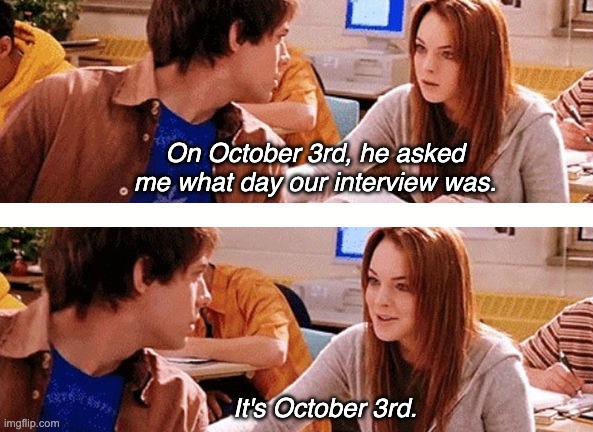
Candidate experience is key to keeping quality candidates in the recruitment process. After all, good talent has other options. Forgetting or missing an interview is a bad look. However, oftentimes when an interview is missed, this is due to messy scheduling, overworked recruiters, or overscheduling. An ATS can help you to manage and track your schedule and can facilitate candidate communication when rescheduling is needed.
Mistake #2: Recruiters who make up excuses for bad Glassdoor reviews

Employer branding in today’s day and age is heavily influenced by what employees (past and present) are saying about you online. Candidates will likely ask questions if they see a negative review or something alarming. Making up a bad excuse like “that’s just one bad apple” or “that was a disgruntled employee” may set off alarm bells in a candidate’s head.
Companies should actively reply to these reviews (when possible) so that when candidates find these reviews, there is clarification over these concerns. Those involved in the recruitment process should also be aware of their company’s employer brand, and be honest with candidates about their work culture.
Mistake #3: The only thing revealed about the salary is that it is “competitive”

Salary transparency is a growing desire from candidates in today’s labor market. In many states in the U.S., it’s actually a requirement to list the salary on a job advertisement. Keeping the salary details vague can frustrate candidates, and hinder them from being able to negotiate a fair wage based on their talents and experience.
However, switching from no transparency to full transparency requires careful steps be taken so that this is part of a company’s long term planning/strategy. This can involve:
- Research to understand your legal obligation (if one exists) to disclose salary ranges
- Auditing existing salaries to identify pay gaps
- Seeking resources/guidance to understand pay equity
- Creating a salary formula
- Fixing any salary gaps made before the change
Mistake #4: Negotiation is discouraged
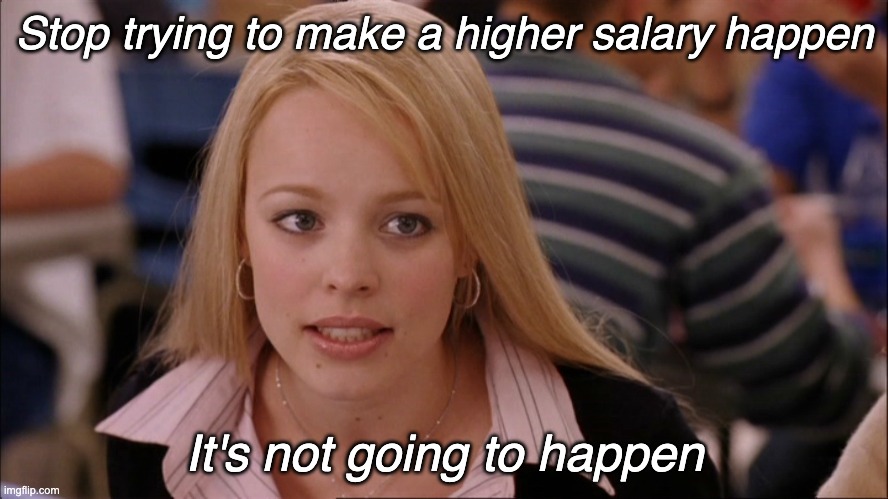
Some recruiters play hardball to the point where candidates feel like they’ve lost the ability to negotiate. This can cause a multitude of issues. For example, this could lead to racial/gender pay gaps, employees who are massively underpaid, or employees who are unhappy later when they find their coworkers have much better benefits.
Giving the candidate the ability to represent themselves and their needs will help them feel more seen and heard, ultimately resulting in a better candidate experience. Encourage your candidates to advocate for themselves and their needs, and provide them with information so that they have the full picture of what it would be like to work at your organization.
Mistake #5: There’s too big of an emphasis on culture fit
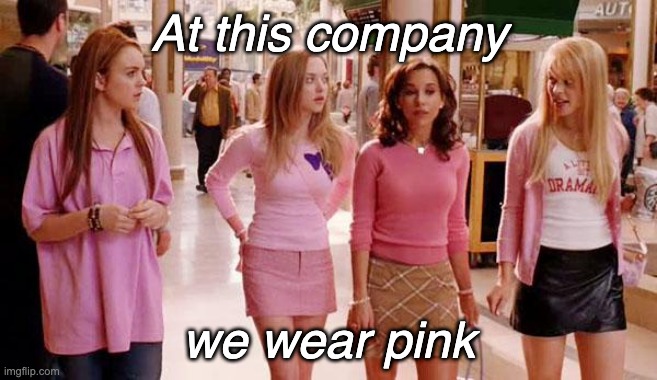
Many recruiters still rely heavily on culture fit questions instead of culture add questions. But focusing too much on how a new hire is like all of the previous hires can overlook how a candidate can add to the current culture. Hiring based on fit alone dampens diversity efforts and creates a biased approach to hiring. Avoid this mistake by asking questions that reveal how a candidate can add something to the current team.
Mistake #6: The job is listed as hybrid, but there’s a clear distaste for remote workers
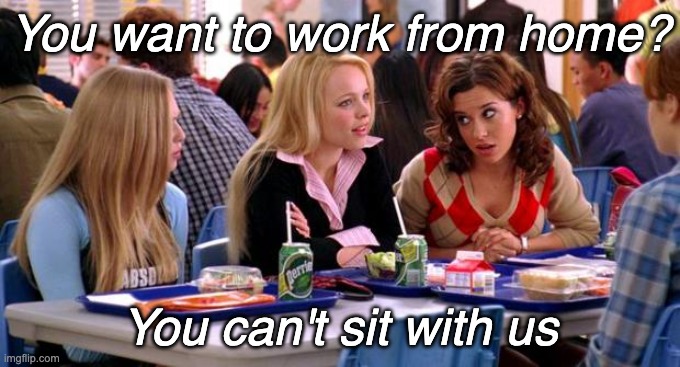
Remote discrimination is a growing issue amongst hybrid companies. This refers to when employees are excluded from certain perks or advantages compared to those who are working in the office.
To avoid making those who prefer remote work feel “less than,” create a clear hybrid working policy and consider how to create a cohesive hybrid company culture.
Mistake #7: The interviewer trash talks other companies
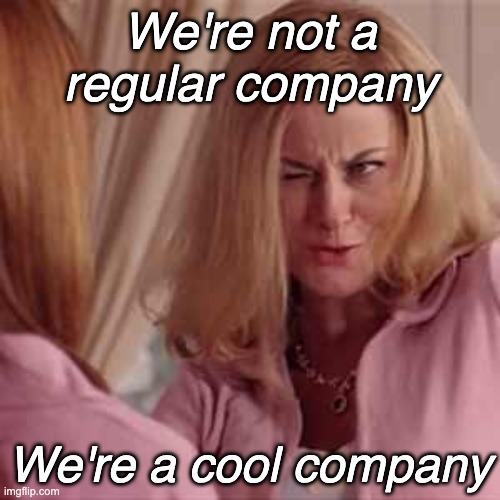
There’s friendly competition, and then there’s trash-talking. At the end of the day, candidates should feel like a company wants to hire them for them, not because of a rivalry with another company. While it can be useful to use a comparison to highlight how your company stacks up against a candidate’s other offers, consider what’s in the candidate’s best interest first. Otherwise, you may hire someone who might not stay very long.
Instead, focus on highlighting your own employer brand and employee value proposition. Employer branding is one way to showcase what a company stands for and believes in. The employee value proposition is at the heart of this.
Mistake #8: Buzzwords disguise the true nature of a role
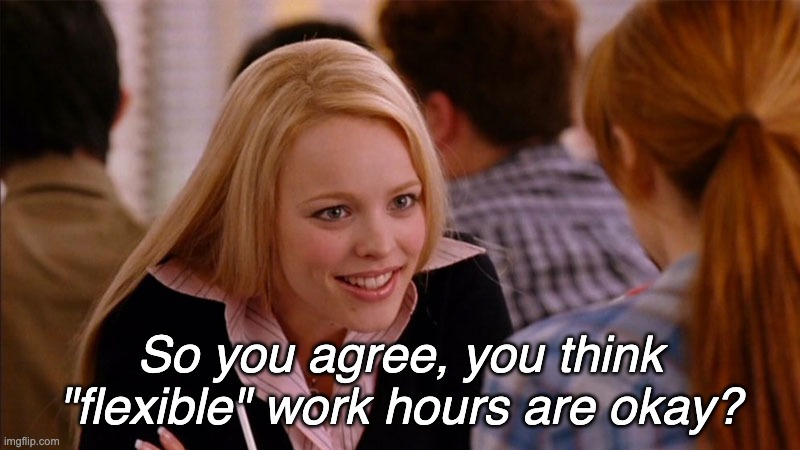
One of the biggest red flags for a candidate is when a company uses buzzwords to disguise its intense working conditions. Honesty may be the best policy rather than making candidates feel bad for not wanting to work outside of their 40-paid hours. For some industries, the expectation may be set that overtime is expected. But if this is not fairly communicated, candidates will be in for a rude awakening, and employee retention will dip.
Furthermore, buzzwords can lead to bias towards a certain type of person. Replacing buzzwords with clear direct terms is an easy way to fix this.For example, when you picture the “hacker” stereotype - you might imagine a male figure. So if you promote an open position as “Growth hacker”, you might see more male than female candidates applying. Switching “hacker” to “specialist” will help diminish bias in the job ad. Using less jargon/buzzwords is a great way to avoid this recruitment mistake.
Mistake #9: Clear hiring bias is present in the hiring panel
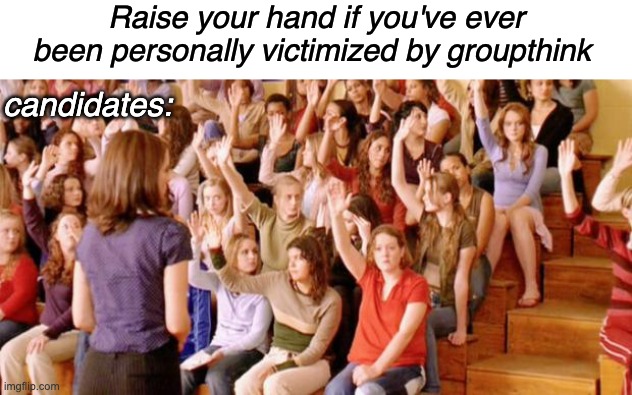
Hiring as a team can help avoid many recruitment red flags… except when the team acts as one voice. The goal of using a hiring panel is to get a variety of perspectives. But collaborative hiring can turn into groupthink if hiring team members are not prepared to stand up for their opinions. This can mean that quality candidates are disqualified, or candidates who are not a good fit are pushed through.
To avoid groupthink and hiring bias, focus on the following steps:
- Diversifying your hiring team
- Enabling quiet voices to speak up
- Promoting inclusive leadership
- Offering learning opportunities
- Encouraging opinion and idea sharing
Mistake #10: Candidates face rude rejection at the end of the hiring process
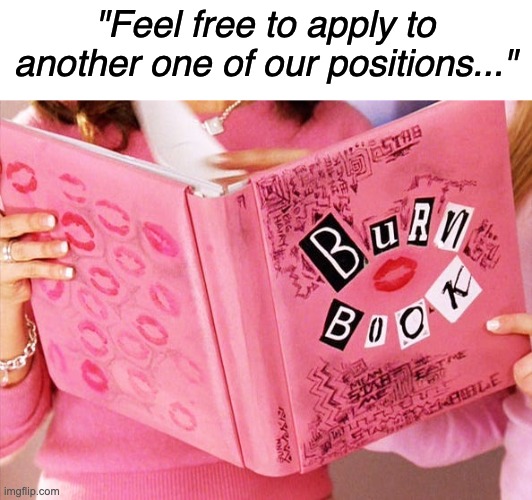
Unsuccessful candidates will always be disappointed. Taking a personalized approach to rejecting candidates will provide a much better candidate experience than sending an impersonal email.
Try to offer specific feedback/advice so that the candidate can feel encouraged as they continue to look for a job.
In conclusion: Don’t be a “mean girl” when it comes to the hiring process!
Remember to avoid these recruitment mistakes, and keep the candidate at the heart of the hiring process. Bad habits can stay back in high school where they belong.
Otherwise, your candidates will be saying this:

When what you want to say is this:



.jpg?width=1000&name=68dcf46e0449bcd850be62bb_%5BEN%5D%20Blog%20header%20-%20Whatsapp%20hiring%20(1).jpg)




